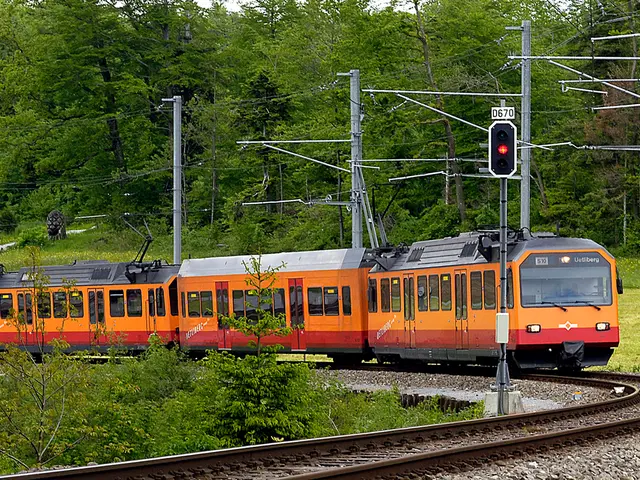Germany's Tenant Power Could Triple Solar Targets by 2030
Germany's tenant power, where property owners generate solar energy for residents, holds immense potential. It could lead to an additional 60 gigawatts of photovoltaics by 2030, almost tripling the previous target. This could power up to 20.4 million apartments in around three million multi-family houses with affordable solar energy.
Economist Ralph Henger advocates for stronger digitization to streamline processes like meter exchange and registration. He also calls for incentives to prefer solar power, such as distributing smart meters and adjusting electricity tariffs. Despite recent simplifications, bureaucratic hurdles are still slowing expansion.
Model calculations show tenant power plants can be profitable for owners. However, only 5,400 such plants are registered, compared to over four million photovoltaic plants in total. Federal Minister of Economics Katarina Reiche questions previous expansion targets due to assumptions of lower electricity demand by 2030.
Tenant power's potential is vast, with over 20 million rental apartments in Germany capable of being supplied with solar power from their own roofs. To unlock this, the government must address bureaucratic hurdles, promote digitalization, and offer incentives for renewable energy use, as outlined in its modernization agenda.
Read also:
- Benefits, sources, and supplements for Vitamin D and its role in addressing osteoporosis
- Diabetes Management during Pregnancy: Keeping Tabs on Blood Sugar Levels and Lifestyle Adjustments
- Life Expectancy with Interstitial Cystitis: Exploration of Research, Treatment Methods, and Additional Information
- Signs of Excessive Negativity in Your Surroundings: Recognizing and Managing Them







